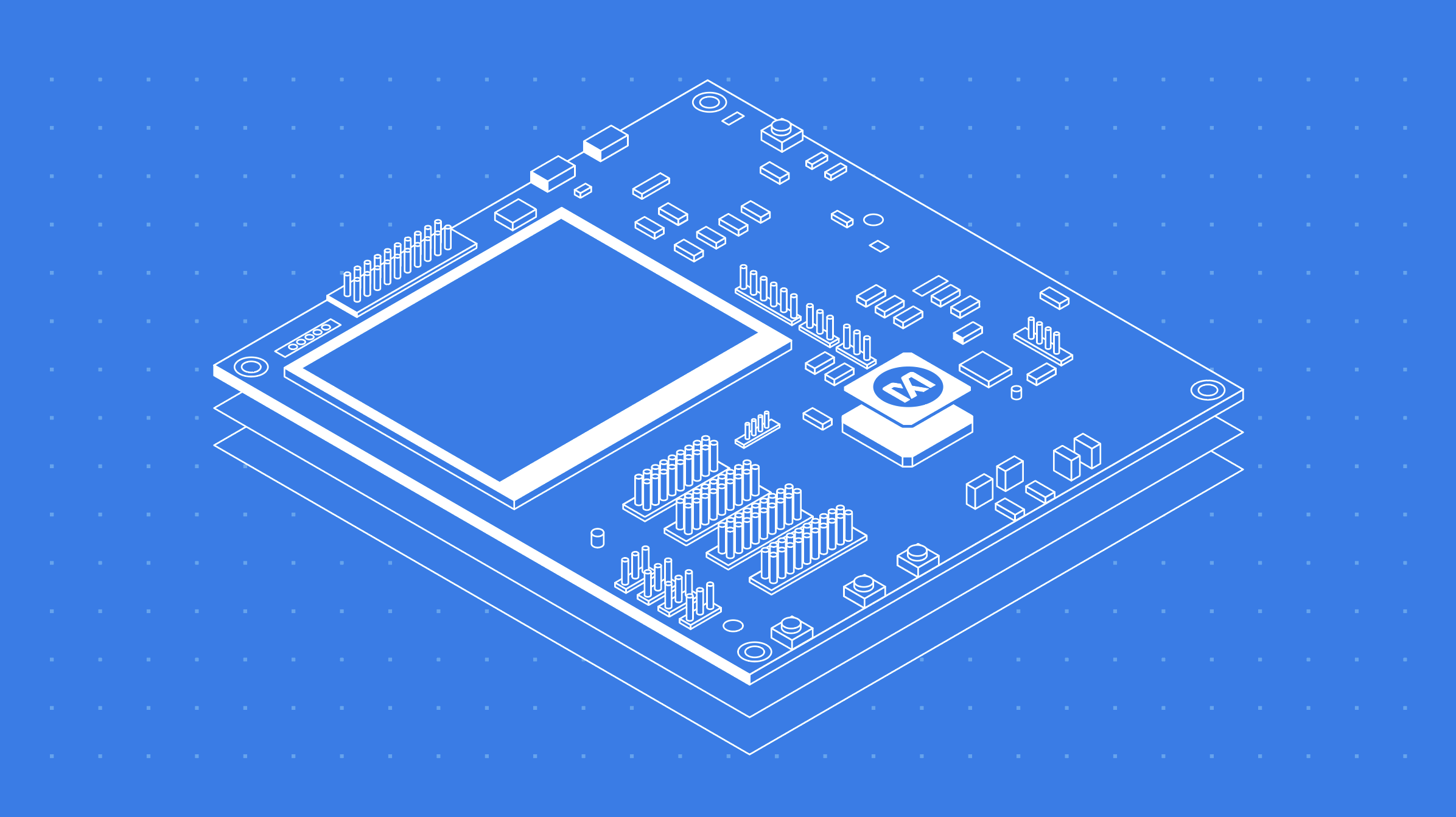Antmicro assists its customers in developing products using advanced methodologies based on open source tools, and where the relevant tools don’t exist, not shying away from building them. The need to deterministically simulate complex hardware sparked the creation of Renode, the open-source development framework, which can help product development teams implement test-driven workflows throughout all the stages of their product’s lifecycle.
As a result of recent customer projects, Antmicro has once again expanded the already extensive catalog of platforms available in Renode. The most recent addition is the MAX32650, a power-efficient SoC from Maxim Integrated (now part of Analog Devices) for high-performance battery-powered applications targeted at IoT, wearables, and industrial sensor projects. It is based on a 120mHz ARM Cortex-M4 MCU with a floating point unit (FPU) and comes with 3MB of flash and 1MB of SRAM.

Renode lets you simulate physical hardware systems based on ARM, RISC‑V, or other ISAs. The virtual SoCs can be constructed from a wide range of CPUs and peripherals and then combined with various sensors and other devices to create full virtual boards that can be wired or wirelessly connected to one another. On top of that, Renode allows you to design and test sophisticated multi-node environments, which can greatly streamline the development of IoT products.
Renode for multi-sensor scenarios
The full-system, binary-compatible nature of Renode makes it a great tool for IoT and embedded solutions like those using MAX32650. The platform supports a variety of communication interfaces (such as I2C, SPI, I2S, USB) which can be used to interface with sensors such as HR or temperature sensors, to serve as the "brain" of a smart device. In a hardware-based setup, consistent testing and debugging are always problematic because you don't have full control over the environment around your sensor.
With the help of Renode, you can create a deterministic setup where you control the node configuration, connectivity and other environmental parameters, making the development faster and more repeatable. You can even create scenarios for testing software reactions to changes in the input from external sensors, like changes in temperature, pressure, etc. The latest Renode versions come with a new sensor data system, allowing you to provide precise, virtual-time-based, timestamped data input, and built with complex, multi-sensor scenarios in mind. The new sensor data system greatly expands Renode’s capacity in testng end-to-end scenarios for a variety of IoT use cases.
Initial support for MAX32650 in Renode
All of our Renode MAX32650-series models, as well as the MAX32650 Evaluation Kit platform using this SoC, have been open sourced and can be freely used in any of your projects.

The current, soon to be expanded model of MAX32650 in Renode has been built with peripherals like:
- ADC
- Timer
- TPU
- GCR
- UART
- SPI
- I2C
- GPIO
- NVIC
Run a MAX32650 demo in Renode
We also prepared a simple script for this platform, which runs a Hello World example, displaying a greeting on the UART. To run this script, type the following command in the Renode Monitor:
(monitor) start @scripts/single-node/max32652-evkit.rescBuild your next IoT product with Antmicro
Antmicro offers a comprehensive range of engineering services to its customers and partners, including a range of capabilities aimed specifically at wireless and IoT use cases. These services can help you make use of an open-source development approach and Renode’s many development features. The open-source SoC models described in this note are an excellent place to jumpstart the development of your next product using Maxim's silicon. If you need commercial support on any of your projects, do not hesitate to reach out to us at contact@antmicro.com.